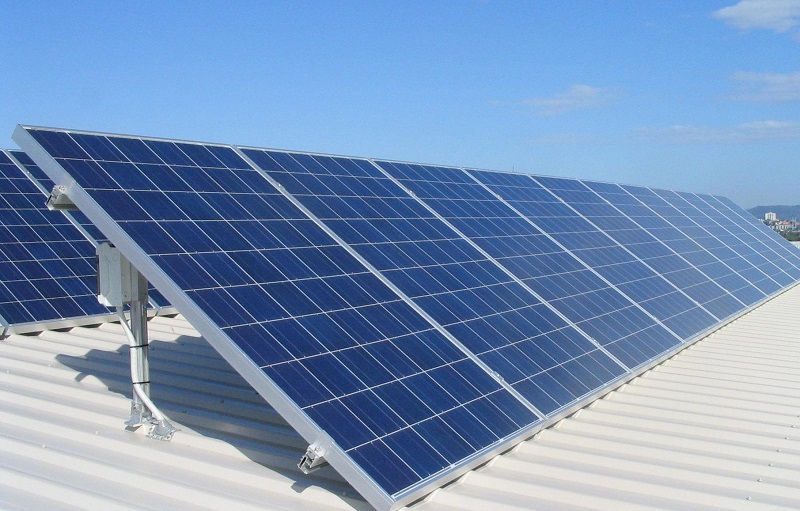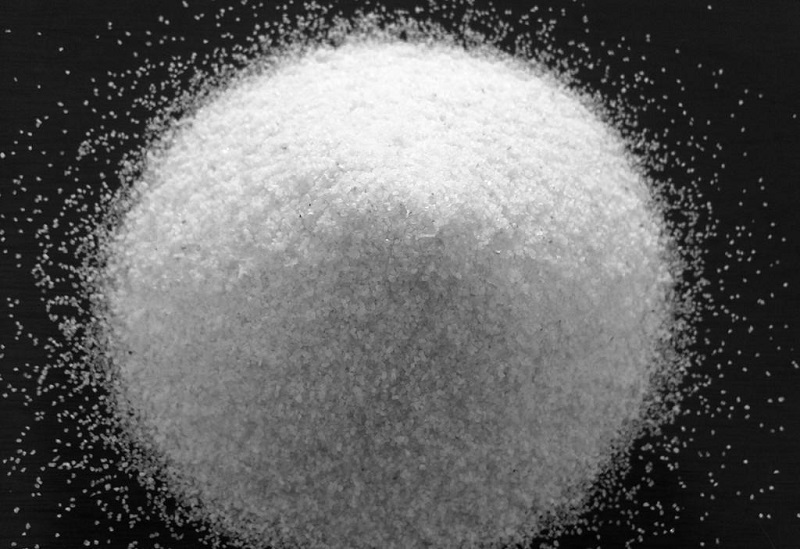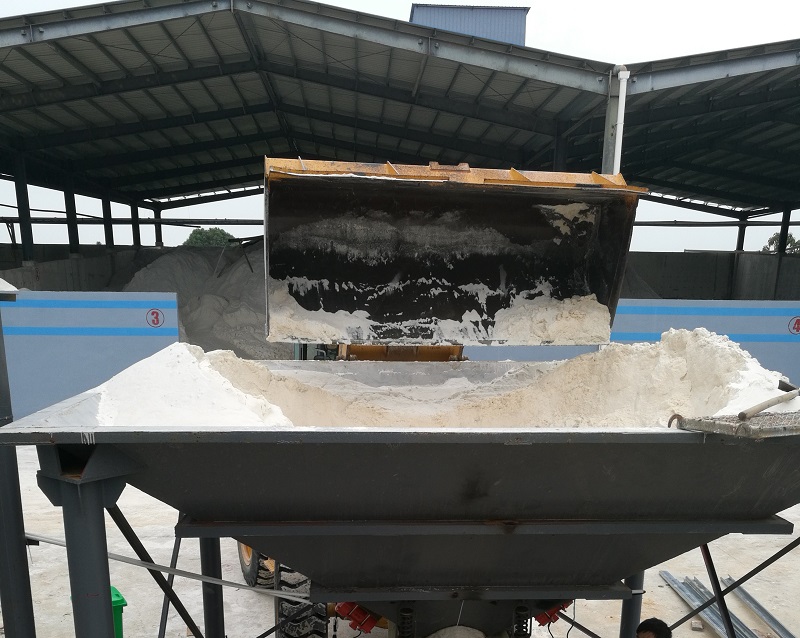Photovoltaic glass is one of the important components of solar energy products, which affects the absorption of visible light and determines the conversion energy of photovoltaic modules. Therefore, the production of high quality and high transmittance photovoltaic glass is of great significance to the utilization of solar energy.
1. Introduction of photovoltaic glass
Photovoltaic glass is also called ultra white glass, also known as low iron glass, colorless glass, high transparent glass, with high transmittance and high transparency. The transmittance of glass determines the quality of glass. The transmittance of ordinary float glass is 86%, while that of photovoltaic glass is more than 92%.
Photovoltaic glass silica sand is an important raw material for photovoltaic glass production. The raw materials of photovoltaic glass silica sand include natural quartz sand, quartz sandstone, quartzite and vein quartz. The production of photovoltaic glass is difficult, and the requirement of quartz sand raw material is higher than ordinary glass.

2. Standard of photovoltaic glass sand
The quality requirements of PV glass sand are mainly reflected in three aspects: chemical composition, particle size and refractory heavy minerals.
The iron content of quartz sand will have a direct impact on the quality of solar glass. The content of iron oxide affects the absorption of visible light in glass, which determines the conversion energy of photovoltaic module and is one of the key factors to measure whether it can be used as photovoltaic glass.
|
Item |
SiO2(%) |
Fe2O3(%) |
Al2O3(%) |
Size |
|
Photovoltaic glass quartz sand |
>99.5 |
<0.01 |
<0.3 |
0.1-0.6mm>90% |
|
Float glass quartz sand |
>98.5 |
<0.08 |
<0.8 |
0.125-0.71mm>90% |
3.Quality control of photovoltaic glass sand
Iron oxide makes the glass colored and reduces the light transmittance of the glass. Fe2O3 can make the glass yellow; FeO can make the glass blue; the coexistence of Fe2O3 and FeO can make the glass blue-green.
Iron oxide has a strong absorption effect on the thermal radiation of glass melting, which easily leads to the difficulty of convection of molten glass in the furnace and increases the difficulty of melting and clarification.
The size of quartz sand particles affects the melting time of sand particles and the quality of glass products. The experimental results show that the coarse particles are difficult to melt, and may even become scum, which may cause wavy ribs or sand particles on the products; although the sand particles with particle size less than 0.1 mm melt fast, they form liquid glass prematurely, which affects the heat conduction, but slows down the overall speed. In addition, the fine particles increase viscosity due to electrostatic action, which makes it difficult to melt.
Some refractory heavy minerals in quartz sand, such as chromite and zircon, have high melting point and stable chemical properties. They are difficult to be melted and eroded even at high temperature, so they are easy to form stones on the glass plate. It has a great influence on the quality of glass and the later deep processing. The total amount of chromite and nickel bearing minerals should be no more than 5ppm (based on Cr2O3), and the single particle diameter should be no more than 0.25mm; for other refractory heavy minerals, the single particle diameter should be no more than 0.25mm.

The quality control of photovoltaic glass sand is mainly realized through the purification of quartz sand. The common methods of mineral processing and purification of quartz sand are divided into physical method and chemical method.
Physical methods: water washing, magnetic separation, flotation, electric separation, mechanical scrubbing, grading desliming, microwave, ultrasonic treatment, etc.
Chemical methods: acid leaching, alkali leaching, microbiological method.
Iron content control of PV glass sand
There are various forms of iron bearing substances in PV quartz sand. Various mineral processing and purification methods of PV quartz sand can remove iron to a certain extent. The main methods of classification desliming are to remove argillaceous iron, magnetic separation to remove iron bearing minerals in ores, gravity separation to remove iron in the form of heavy minerals, flotation to remove iron bearing light silicate, etc. Iron removal with photovoltaic glass sand is a necessary process. In sand washing plant, the purification process with the lowest cost and the simplest process should be selected according to the chemical composition of quartz sand.

Size control of PV glass sand
The particle size control of PV glass sand can be realized by washing and classification. Washing mainly uses
hydraulic classifier to control fine particles below 0.1 mm;
Trommel screen and
hindered settling machine to separate coarse size sand. According to the requirements of particle size separation, controlling the upper limit of feed particle size and selecting reasonable washing separation process can achieve the purpose of improving the capacity of quartz sand and product quality control.
Refractory heavy minerals control of PV glass sand
The control method of refractory heavy minerals is mainly realized by gravity separation. In gravity separation, spiral chute is used to remove minerals with larger specific gravity from quartz sand. It is worth noting that in order to ensure the accuracy of gravity separation, the sand material must be evenly fed during gravity separation.
At present, with the development of photovoltaic glass, higher requirements are put forward for the purification of PV glass sand. Research on the purification of quartz sand and preparation of higher purity quartz sand is conducive to the long-term development of photovoltaic industry.
For more information about PV glass quartz sand purification, please visit SINONINE website www.9silica.com , or contact us directly + 86-18118821087 (WhatsApp)




